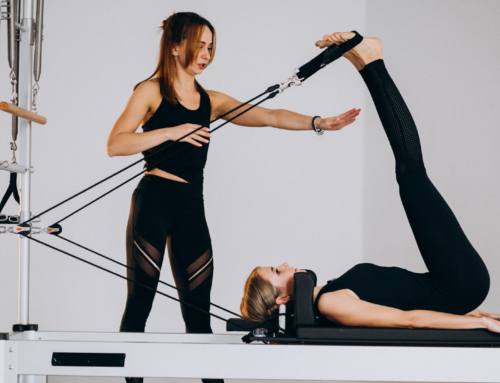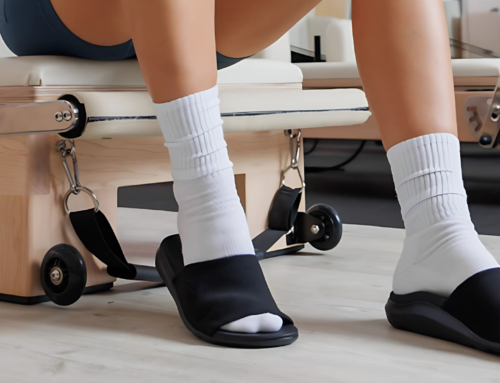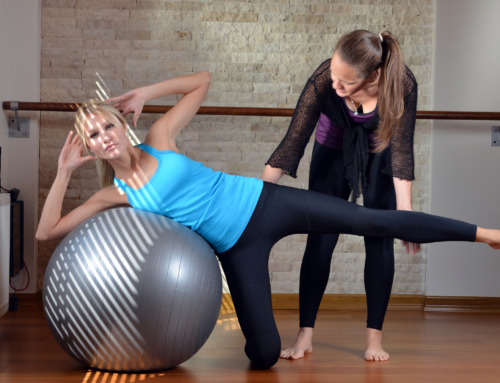Diastasis recti, a condition where the abdominal muscles separate along the midline, is common among postpartum women but can also affect men and others due to weight changes, improper lifting techniques, or certain health conditions. This condition can lead to core weakness, back pain, poor posture, and other functional challenges. Fortunately, targeted exercises can help rebuild strength, restore core function, and gradually close the abdominal gap. Below, we explore the five best exercises for diastasis recti recovery and how to perform them safely and effectively.

1. Heel Slides
Heel slides are a gentle way to engage your core and pelvic floor muscles without placing undue strain on your abdominals. This exercise focuses on stabilizing the core while moving the legs, making it one of the first beginner exercises for diastasis recti recovery.
How to Perform:
- Lie on your back with your knees bent and feet flat on the floor. Ensure your pelvis is in a neutral position and your lower back is not overly arched or pressed into the ground.
- Place your hands on your lower abdomen to feel your core engagement.
- Take a deep breath in, and as you exhale, engage your pelvic floor and gently draw your belly button toward your spine.
- Slowly slide one heel along the floor until your leg is straight, keeping your core engaged and avoiding doming or bulging in your abdomen.
- Inhale as you return the leg to the starting position.
- Repeat with the other leg, alternating for 8-10 repetitions per side.
Benefits:
- Strengthens deep core muscles, including the transverse abdominis.
- Promotes pelvic stability.
- Reduces pressure on the abdominal wall.
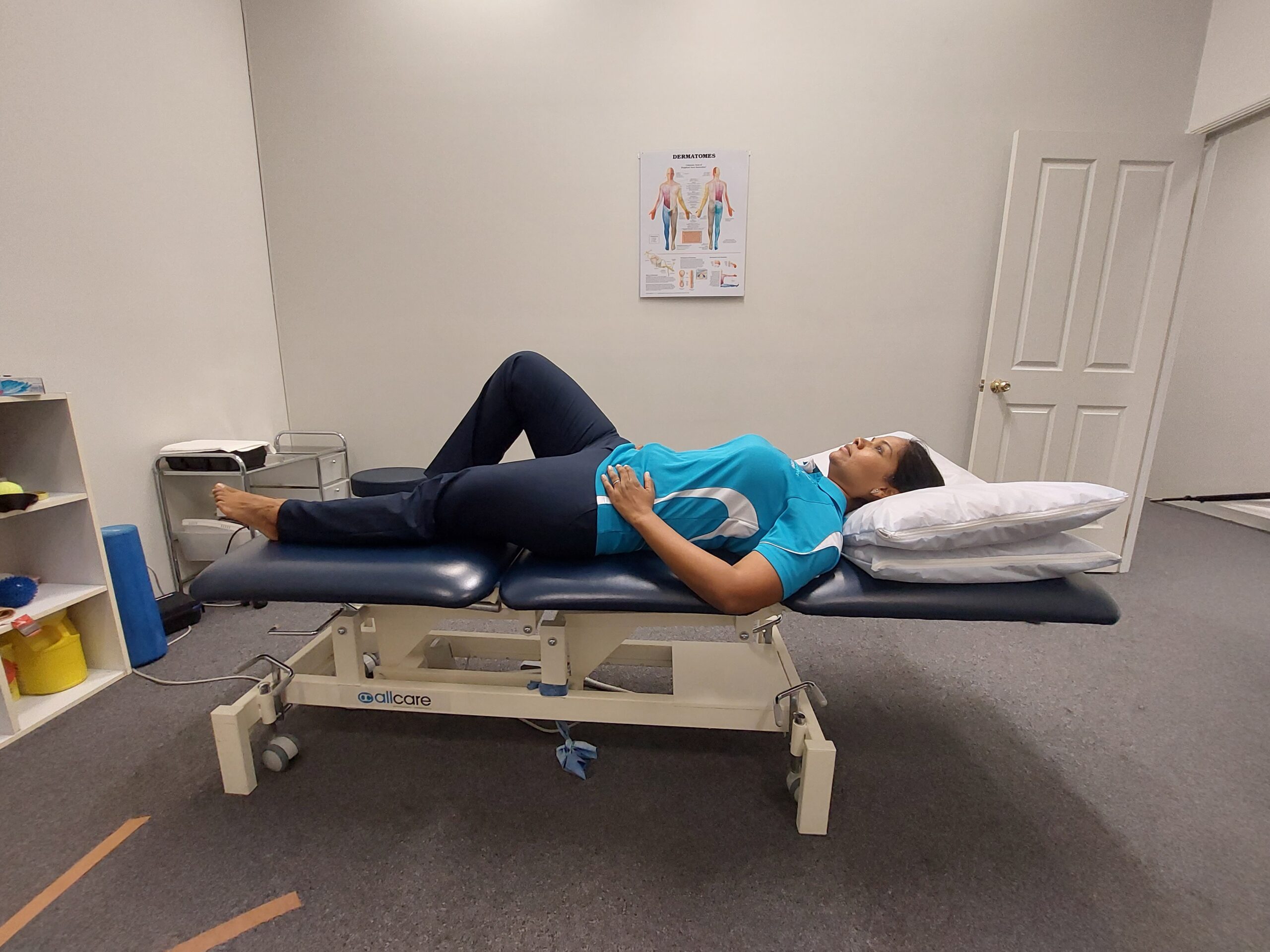
2. Pelvic Tilts
Pelvic tilts are another foundational exercise that helps reconnect the core and pelvic floor muscles. They also improve spinal alignment and reduce tension in the lower back, making them an excellent choice for diastasis recti recovery.
How to Perform:
- Lie on your back with your knees bent and feet flat on the floor. Place your arms by your sides.
- Take a deep breath in, and as you exhale, gently tilt your pelvis backward, flattening your lower back against the floor.
- Engage your core and pelvic floor as you hold the tilt for a few seconds.
- Inhale to return to the neutral pelvis position.
- Repeat for 10-12 repetitions.
Benefits:
- Strengthens the transverse abdominis and pelvic floor.
- Improves lower back mobility.
- Enhances awareness of pelvic and core alignment.
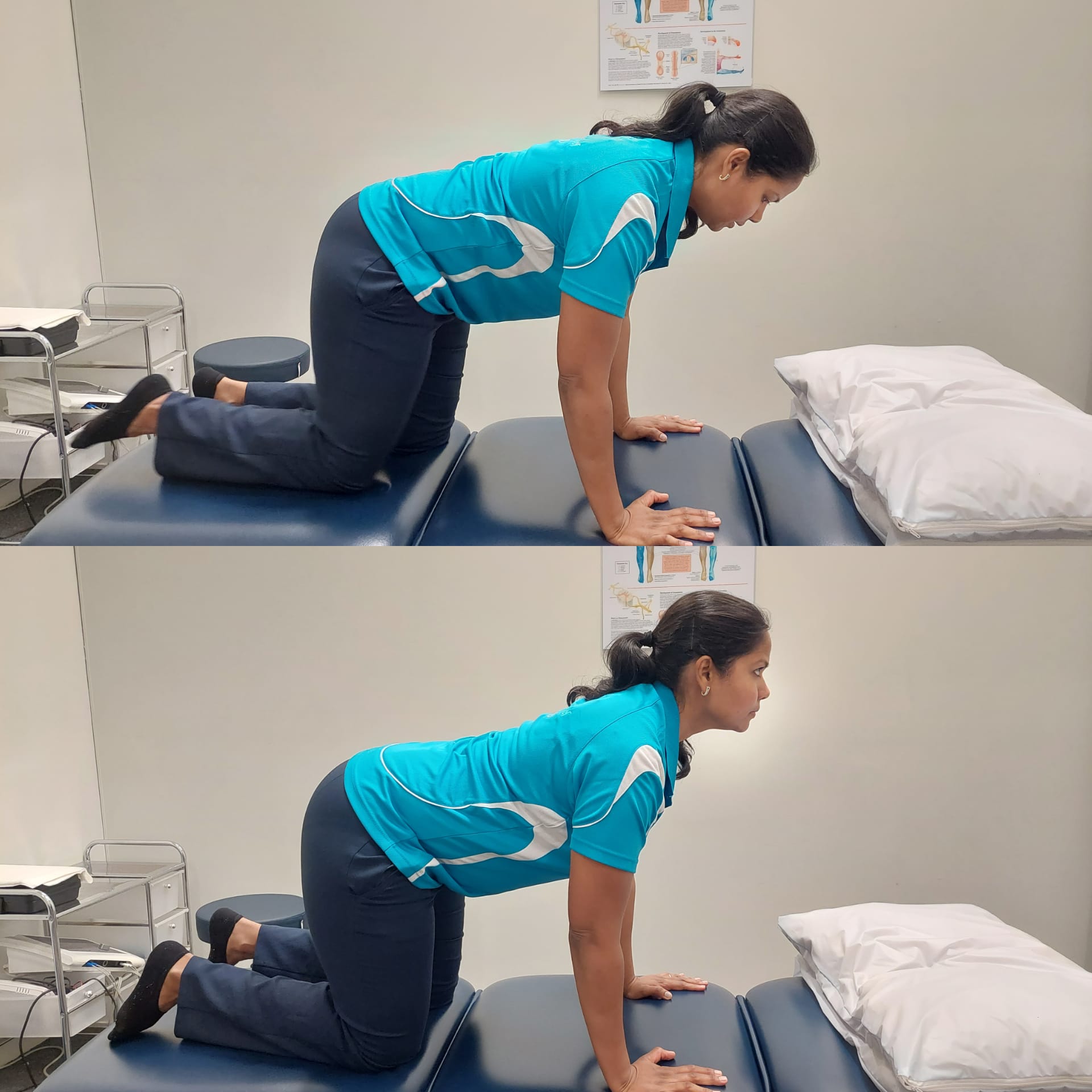
3. Modified Side Planks
While traditional planks may place too much pressure on the abdominal wall for those with diastasis recti, modified side planks provide a safer alternative. This exercise strengthens the obliques and deep core muscles without exacerbating the condition.
How to Perform:
- Lie on your side with your knees bent and stacked, and your elbow directly under your shoulder.
- Engage your core and lift your hips off the ground, creating a straight line from your knees to your shoulders.
- Hold the position for 10-15 seconds, gradually increasing the duration as you build strength.
- Lower your hips back down with control and repeat on the other side.
Benefits:
- Builds lateral core strength.
- Reduces stress on the linea alba (the connective tissue affected by diastasis recti).
- Improves overall stability.
4. Toe Taps
Toe taps are a beginner-friendly exercises for diastasis recti that focuses on controlled core engagement and helps to strengthen the transverse abdominis. This exercise is particularly effective for addressing core weakness without risking further separation.
How to Perform:
- Lie on your back with your knees bent at a 90-degree angle and your shins parallel to the floor (tabletop position).
- Place your hands on your lower abdomen or along your sides for stability.
- Take a deep breath in, and as you exhale, engage your pelvic floor and draw your belly button toward your spine.
- Slowly lower one foot to tap the floor, keeping your core engaged and your back neutral.
- Inhale as you return the leg to the starting position and repeat with the other leg.
- Alternate legs for 8-10 repetitions per side.
Benefits:
- Strengthens deep core muscles.
- Promotes controlled movement and stabilization.
- Reduces strain on the lower back and abdominal wall.
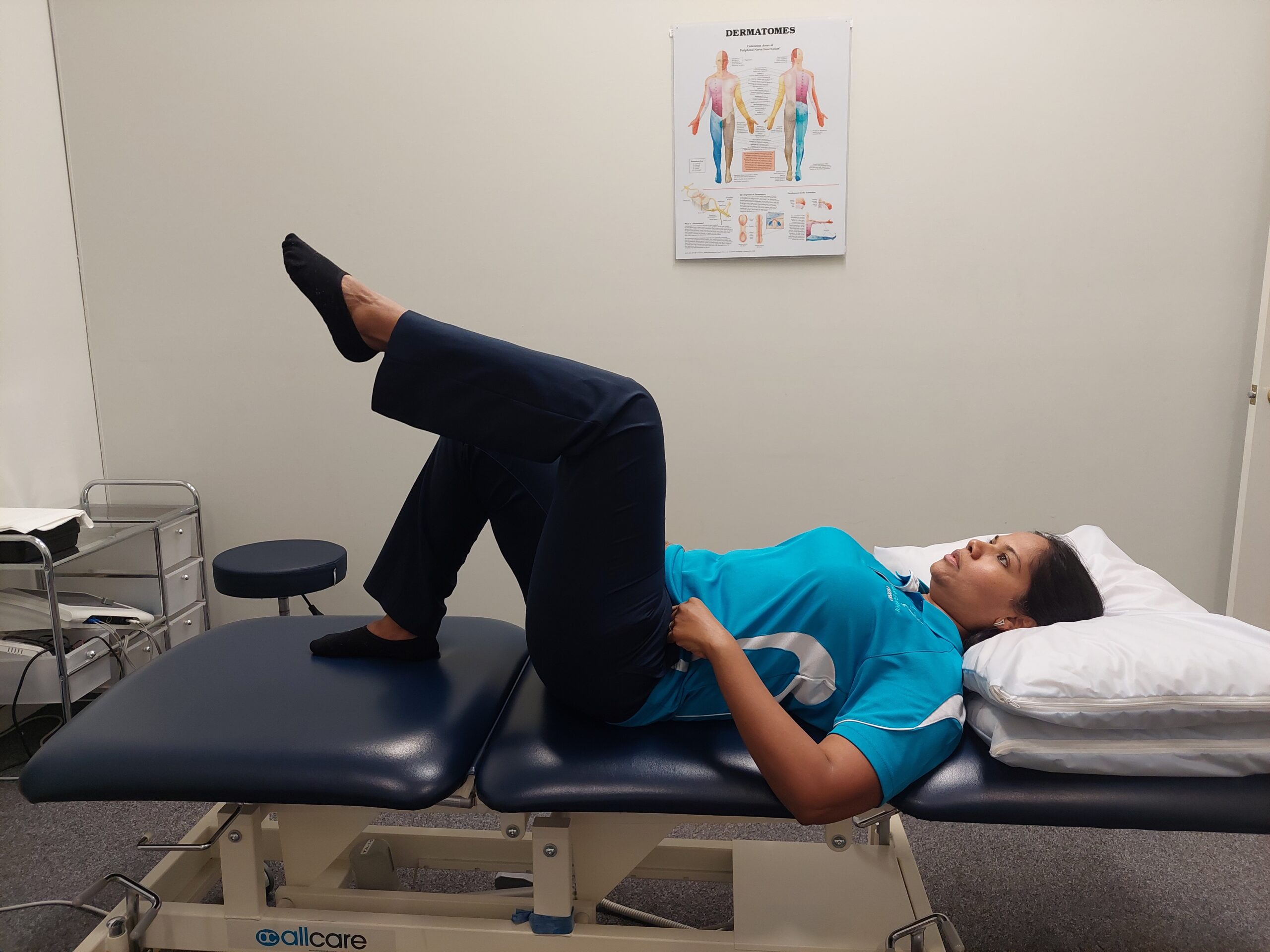
5. Seated Ball Squeezes
Seated ball squeezes engage the inner thighs, pelvic floor, and core muscles simultaneously, making them a great addition to any program as exercises for diastasis recti recovery. This exercise is low-impact and easy to modify for various fitness levels.
How to Perform:
- Sit on a chair with your feet flat on the floor and knees bent at a 90-degree angle.
- Place a small exercise ball or cushion between your knees.
- Take a deep breath in, and as you exhale, squeeze the ball gently while engaging your pelvic floor and core muscles.
- Hold the squeeze for a few seconds, then release with control.
- Repeat for 10-12 repetitions.
Benefits:
- Strengthens the pelvic floor and transverse abdominis.
- Improves hip and pelvic stability.
- Easy to perform anywhere with minimal equipment.
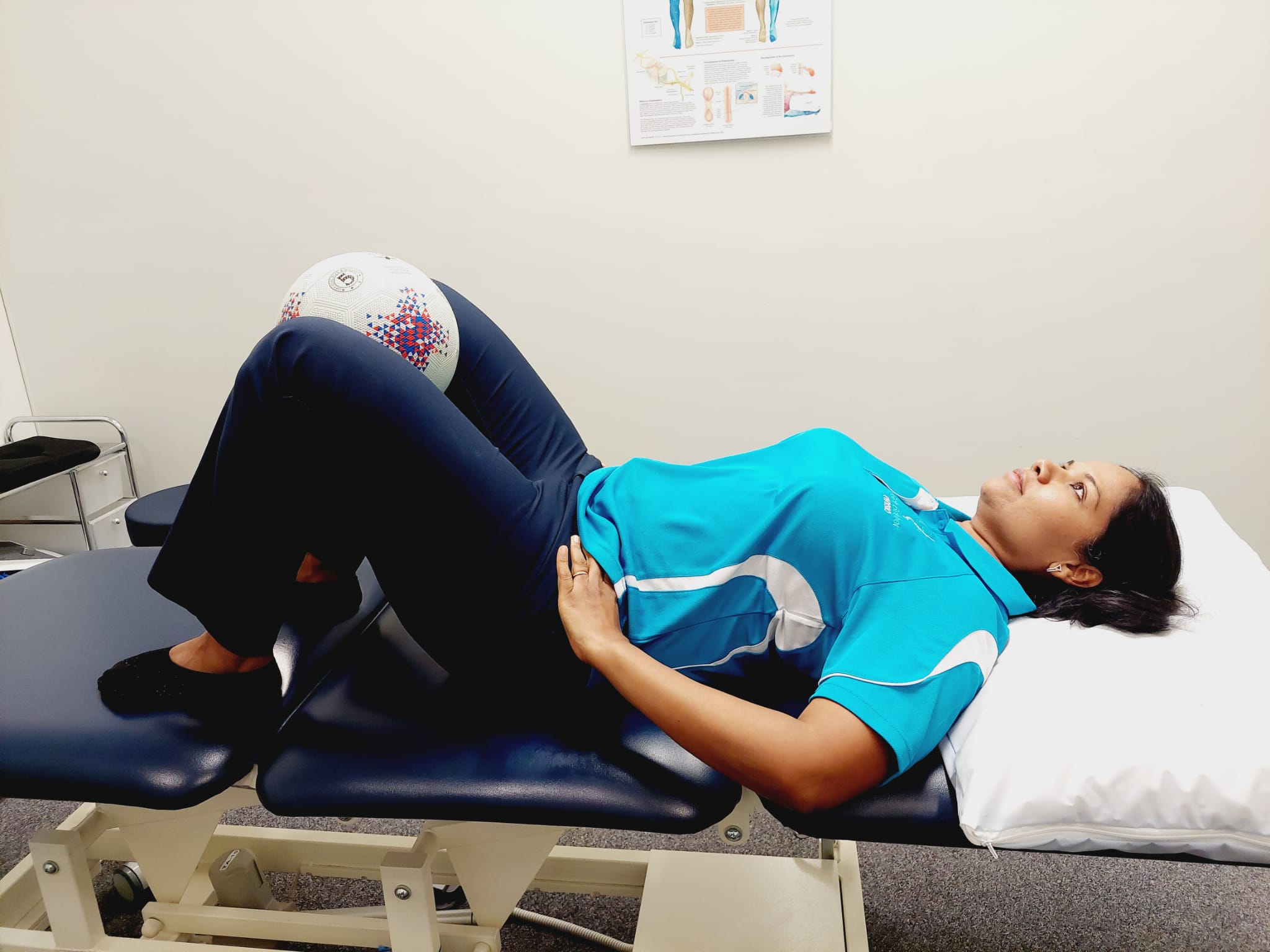
Tips for Safe and Effective Exercise
When recovering from diastasis recti, it’s important to prioritize safety and proper technique. Here are some key tips to keep in mind:
- Avoid High-Pressure Movements: Exercises like traditional crunches, sit-ups, and heavy lifting can exacerbate diastasis recti by increasing pressure in the tummy area. Stick to low-impact, controlled movements as beginner exercises for diastasis recti.
- Engage the Core Correctly: Focus on activating the deep core muscles. Avoid doming or bulging in the midline during exercises.
- Listen to Your Body: If an exercise causes pain, discomfort, or increased separation, stop immediately and consult a healthcare professional or qualified fitness instructor.
- Consistency is Key: Progress may be gradual, but regular practice of these gentle exercises for diastasis recti can lead to significant improvements in core strength and function over time.
- Consult a Physiotherapist: A Physiotherapist can help in diagnosing the problem because a lot of women may not even be aware that they have diastasis recti. They can then prescribe the right exercises for diastais recti.
Conclusion
Recovering from diastasis recti requires a patient and consistent approach, focusing on rebuilding strength and function in the deep core muscles. These five exercises—heel slides, pelvic tilts, modified side planks, toe taps, and seated ball squeezes—are excellent starting points for a safe and effective recovery program. By incorporating these movements into your routine, you can improve core stability, reduce discomfort, and restore confidence in your body’s strength and abilities. Always remember to prioritize proper technique and seek guidance from a professional when needed to ensure your recovery journey is both safe and successful.

